Airfix Austin Maxi 1/32 scale
I always loved Airfix’s car for the great detail to found a driver for each kit !!
The Austin Maxi is a medium-sized, 5-door hatchback family car that was produced by Austinand later British Leyland between 1969 and 1981. It was the first British five-door hatchback.
British Leyland built and sold the Maxi alongside the 1971 Morris Marina and 1973 Austin Allegro. All three were replaced by the 1982 Austin Maestro.
History
The Maxi (code name ADO14) was the last car designed under the British Motor Corporation (BMC) before it was incorporated into the new British Leyland group, and the last production car designed by famed designer Alec Issigonis. It was the first car to be launched by British Leyland.
Originally, under BMC's plan for its new model range, which it had been developing since 1965, the Maxi was to have been called the "Austin 1500" on its spring 1969 launch, and a saloon version the "Morris 1500" was to follow in the autumn.[7]However, upon the merger of BMC and Leyland the new management abandoned the four-door saloon notchback and developed the Morris Marina instead. The Marina, launched in April 1971, was a rear-wheel drive car available as a saloon, coupe or estate.
The new chairman Lord Stokes decided to also change the hatchback's name to the Maxi in homage to the Mini of 10 years earlier. All Maxis were produced at the Cowley plant in Oxford, although the E-Series engines were made at a new factory at Cofton Hackett in Longbridge.
The Maxi was launched in Oporto, Portugal, on 24 April 1969, in a blaze of publicity; it was one of the first cars to appear on the BBC's new car programme Wheelbase, a forerunner to Top Gear, which debuted in 1977. It was one of the first hatchback models to be produced in the world, and the first in Britain; the five-door hatchback echoed the French-produced Renault 16, which was European Car of the Year following its launch in 1965. This type of car increased in popularity rapidly during the 1970s and during the 1980s became the most popular type of car in most European markets.
Underneath the Maxi's practical and spacious bodyshell lay an all-new front-wheel drive chassis, which was interlinked with an innovative five-speed manual transmission; the fifth gear was another rarity on family cars in 1969 and one which many manufacturers did not adopt until more than a decade later. The gear selector suffered from notorious problems with its control linkage, especially in early models which had a cable-operated linkage prone to cable stretch and other problems. These were noted by autotesters such as Vicar in Today's Driver (1969), who wrote: "This is probably a good idea that just needs a little bit of working on."[8][9] This criticism actually came as a result of a road test two months before the car officially went on sale. The later rod linkage was less problematic. All models were prone to problems brought on by the "cogs in the sump" layout, whereby the gearbox and engine shared a common oil supply. The clutch oil seal was also prone to leakage.
Power came from a 1,485 cc (90.6 cu in), E-Seriespetrol engine which would later be used in other British Leyland products, such as the Austin Allegro. The 1750 and twin-carburettor 1750 HL models, added to the range in 1971, offered good performance by the standards of the era, with a top speed of 97 mph (156 km/h), while the smaller-engine version could exceed 90 mph (140 km/h).
Despite the new platform, the Maxi's styling suffered from the decision to save tooling costs by re-using door panels from the Austin 1800 "Landcrab", which gave the Maxi an unusually long wheelbase in relation to its length, coupled with the fact that the carried-over doors made the Maxi resemble a scaled down version of the 1800 (and the Austin 3-Litre, which also used the same doors). This design was by then five years old, at a time when curvaceous American-inspired "coke bottle" styling (typified by contemporaries such as the Ford Cortina Mk III and Hillman Avenger) was very much in vogue, contrasting sharply with the Maxi's obviously mid-1960s looks. Another styling ambition for the car was a four-door saloon version, to compete directly with the Ford Cortina. A prototype was built, badged as a Morris, but it was not put into production, since the booted extension made the Maxi almost the same size as the 1800 model, which was itself replaced in March 1975 by the 18-22 series models (renamed the Princess soon after its launch). Also worthy of note is that the Maxi was voted the least stolen car in 1971 and 1972.
In Australia, owing to recently increased local content assembly tariffs which would have resulted in the Maxi being uneconomic to build, Leyland Motor Corporation of Australia developed in the UK the Morris Nomad, a hybrid utilizing the Maxi's E-series engine/transmission and rear tailgate, fitted to the Morris 1100 body which was already being assembled in that country. For a short while the Nomad (under the Austin name) was exported to New Zealand and offered alongside the locally assembled Maxi.[10]
The Maxi featured a spacious interior, comfortable passenger accommodation, competitive prices and reasonable running costs. It was let down by a dull interior and poor build quality, although it was not as notorious for its failings as the Austin Allegro and Morris Marina were during the 1970s.
The Maxi had several rivals during the 1970s, including the Volkswagen Passat (1973) and Chrysler Alpine (1975), although its best-selling rivals from Ford and Vauxhall did not produce a hatchback until the early 1980s.
One unusual feature of this car was that the rear seat back, as well as folding forward as in a conventional hatchback, also folded back. In combination with fully-reclining front seats, this gave satisfactory, if spartan, sleeping accommodation.
Towards the end of the Maxi's life, in 1980, a lightly revised model was marketed as the "Maxi 2", although by now sales were declining and a new car to succeed the Allegro and Maxi was being developed. Its launch was delayed by the extra investment required to develop the Austin Metro, launched in October 1980.
On 8 July 1981, the Austin Maxi's 12-year production run came to an end.[11] Its replacement, the Austin Maestro, which also replaced the smaller Allegro, was introduced in March 1983. Shortly after the Maxi's demise, BL met the demand for a larger family hatchback by revamping the Princess and renaming it the Austin Ambassador, although this was a short-lived model which only lasted until 1984, when the Austin Montego was launched. This completed BL's rationalisation, as it now had just one model competing in this market sector, five years after offering four similar-sized cars.
The Maxi production lines at Cowley were changed to the production of the Triumph Acclaim, which was launched in September 1981.
Despite its practical design and remarkable space efficiency (it is shorter, narrower and lower than the sixth generation Ford Fiesta),[12][13] the Maxi never came close to reaching its projected sales targets. BL management decisions involving the Maxi had significant knock-on effects to the rest of the car line-up. BL marketing decreed that the Maxi should be the only car in the range to feature a hatchback. This stance prevented the Morris Marina, Austin Allegro and Princess models gaining hatchbacks despite those designs all being capable of receiving them. The policy was discontinued with the arrival of the Rover SD1 in 1976, and the fast-growing popularity of hatchbacks during the 1970s and 1980s saw British Leyland launch a raft of new hatchback models. The Austin Metro, launched in 1980, was only available as a hatchback, as was the 1983 Austin Maestro.




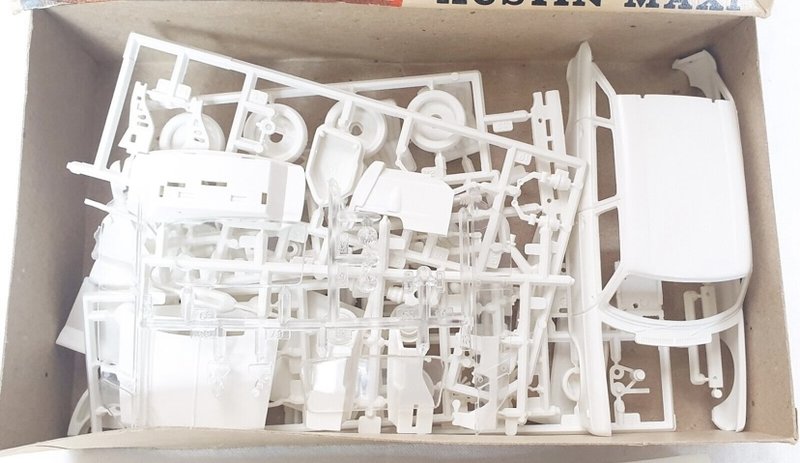
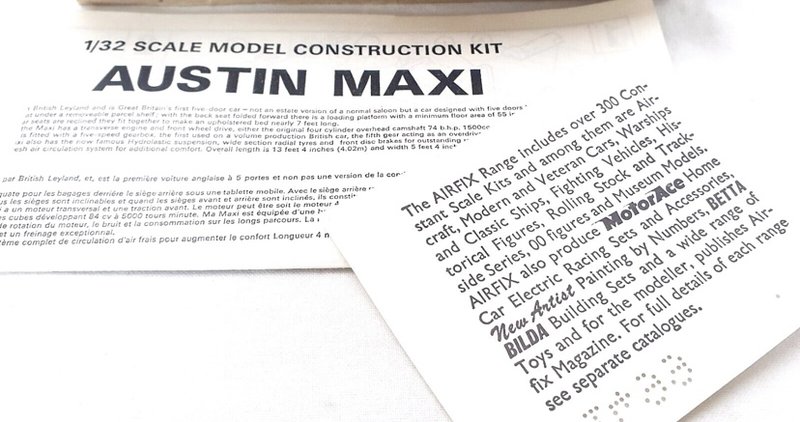


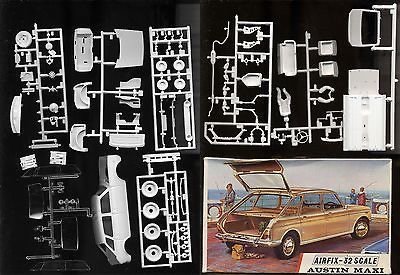

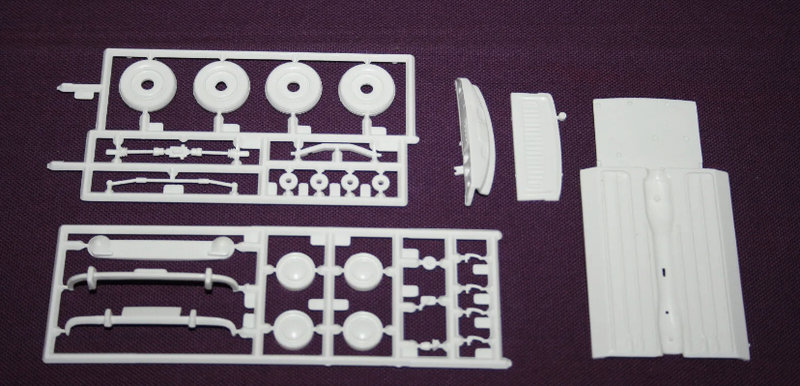


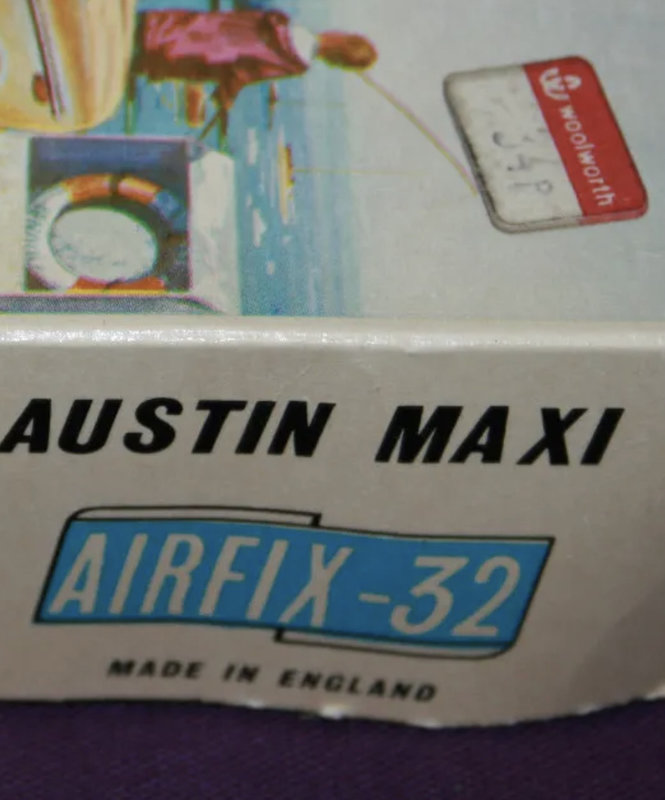

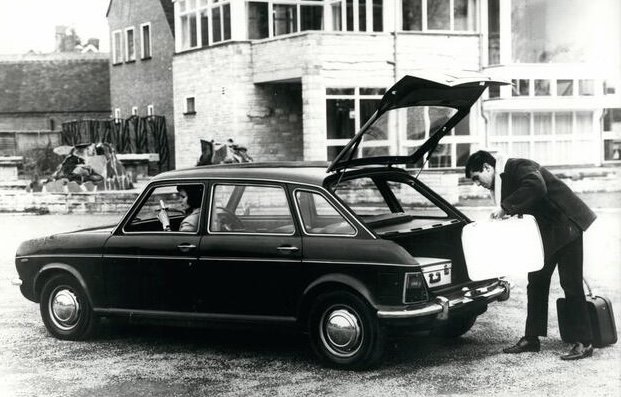
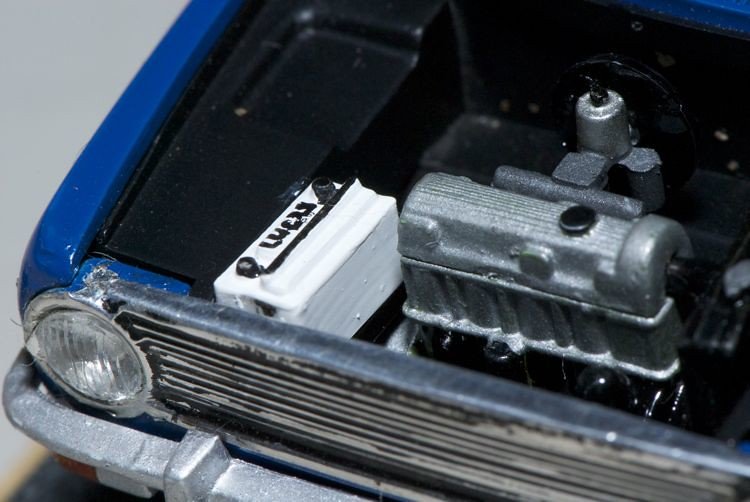
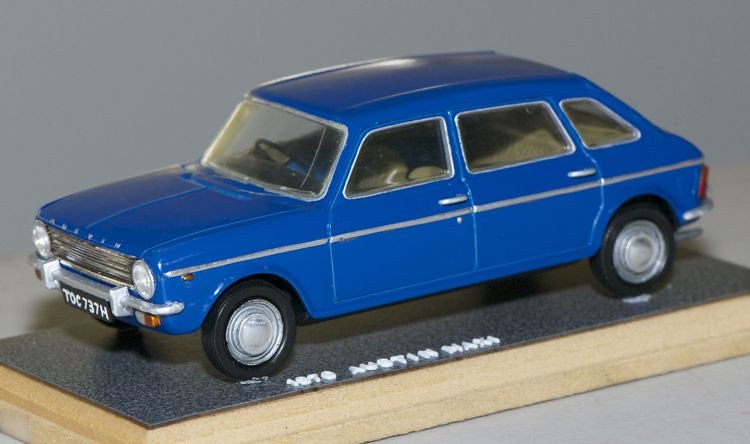
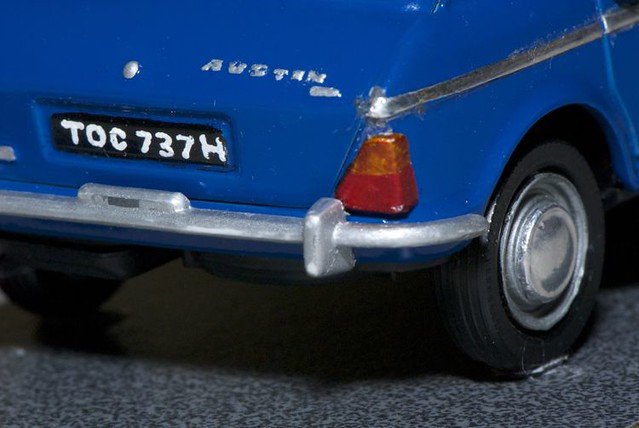
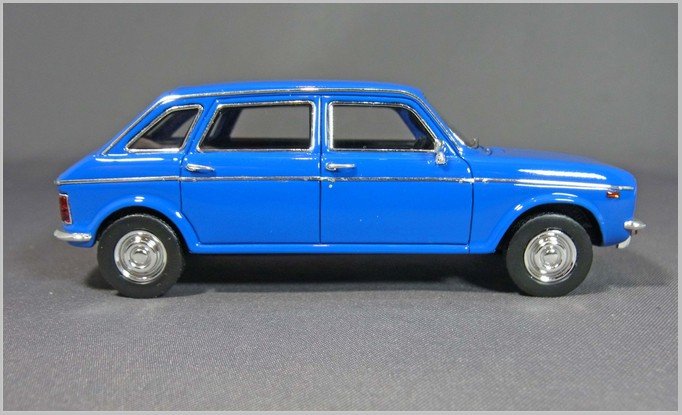

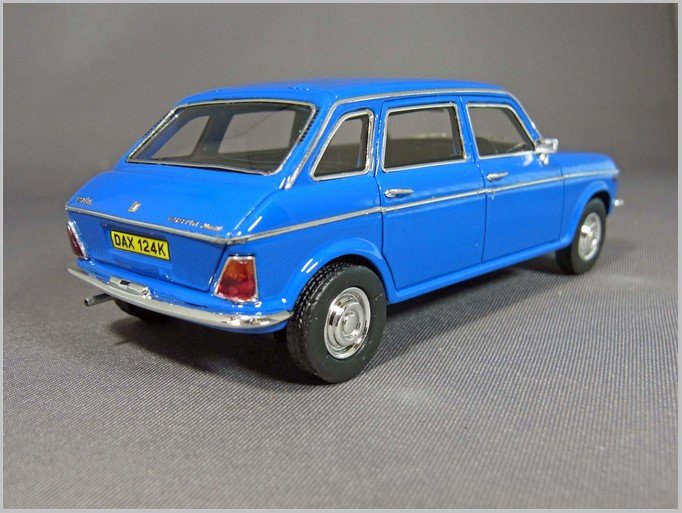
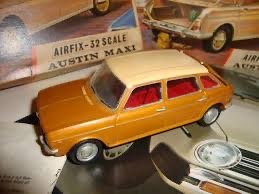

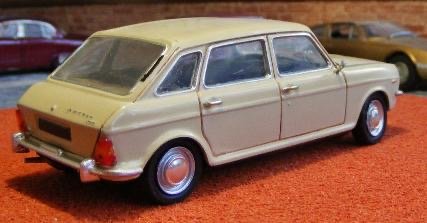




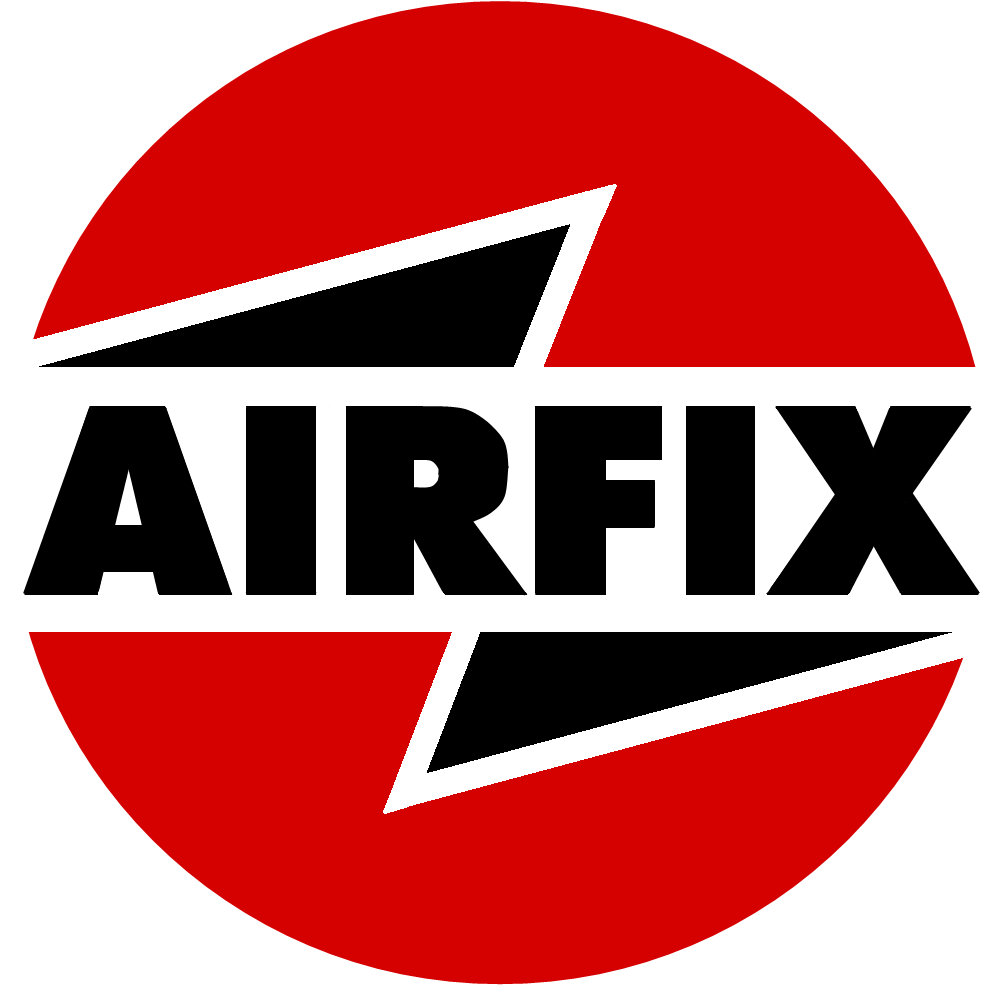





/https%3A%2F%2Fstorage.canalblog.com%2F96%2F00%2F1123093%2F134247667_o.jpeg)
/https%3A%2F%2Fstorage.canalblog.com%2F06%2F82%2F1123093%2F134235267_o.jpeg)
/https%3A%2F%2Fstorage.canalblog.com%2F63%2F65%2F1123093%2F134214755_o.jpeg)
/https%3A%2F%2Fstorage.canalblog.com%2F80%2F34%2F1123093%2F134214751_o.jpeg)